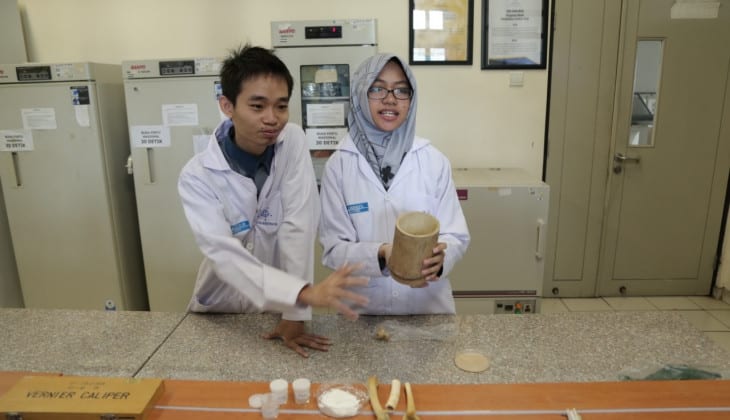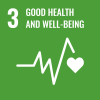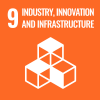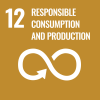
Universitas Gadjah Mada (UGM) students have turned goat bones into artificial material (bone graft) to repair human broken bones. Bone graft is very much required in bone surgery to fill broken bones.
“Up to this day, bone grafting material is still imported which is relatively expensive. So, we did the research to develop bone grafts domestically,” said chairman of goat bone graft team, Valentino Alberto Muktiwibowo, on Thursday (10/10) in a press conference at Integrated Research Lab of Faculty of Dentistry UGM.
Valentino said the need for bone tissue in Indonesia is very high, not just for patients with broken bones but also dental damage.
“There are 24 million cases of broken bones in Indonesia every year, not to mention dental damage and malignancy which reached as high as 70 percent,” he said.
On the other hand, tissue banks in the country are few with only three operating in Jakarta, Batam, and Padang.
Along with fellow students Alfin Lanagusti and Pradnya Paramitha Dewandani, they conducted the research into bone graft under the guidance of Dr. drg. Archadian Nuryanti, M. Kes., funded through the Student Creativity Program. The project has earned a gold medal during the National Student Scientific Week (PIMNAS) 2019 recently.
He said they chose goat bones for the material due to its large availability. Goat bones also have micro structures similar to human bones. The calcium in the goat bone is processed to form complexes with phosphorus in the form of apatites that are easy to absorb by the body up to 60-70 percent. This way the goat bone can be a candidate for a natural resource of hydroxyapatite that is cheap but potential.
The bone graft called Conchaplast is made from three main materials: goat bone, bamboo salt, and cow blood. This product has been tested in vivo or tested on experimental animals. Bone graft material is implanted into the bones of Cavia cobaya mice. The results showed significant changes in the amount that has roles in bone tissue formation.
“With the addition of bone graft from goat bones there was a significant increase in the number of osteoblasts and collagen cells which was marked by the presence of ALP (alkaline phosphatase) markers with minimal immune rejection by looking at the amount of eosinophil and Ig E levels,” Alfin added.
The research would be helpful for patients who need synthetic bone grafting for teeth or bones. Although it has been proven as an alternative material for bone graft, further tests need to be done, including clinical trials. The utilization of goat bone waste is expected to increase the economic value of goat bones and resolve environmental problems. “Goat bone can be an inexpensive alternative to bone graft given the abundant potentials of goat bone in Indonesia,” he concluded.




